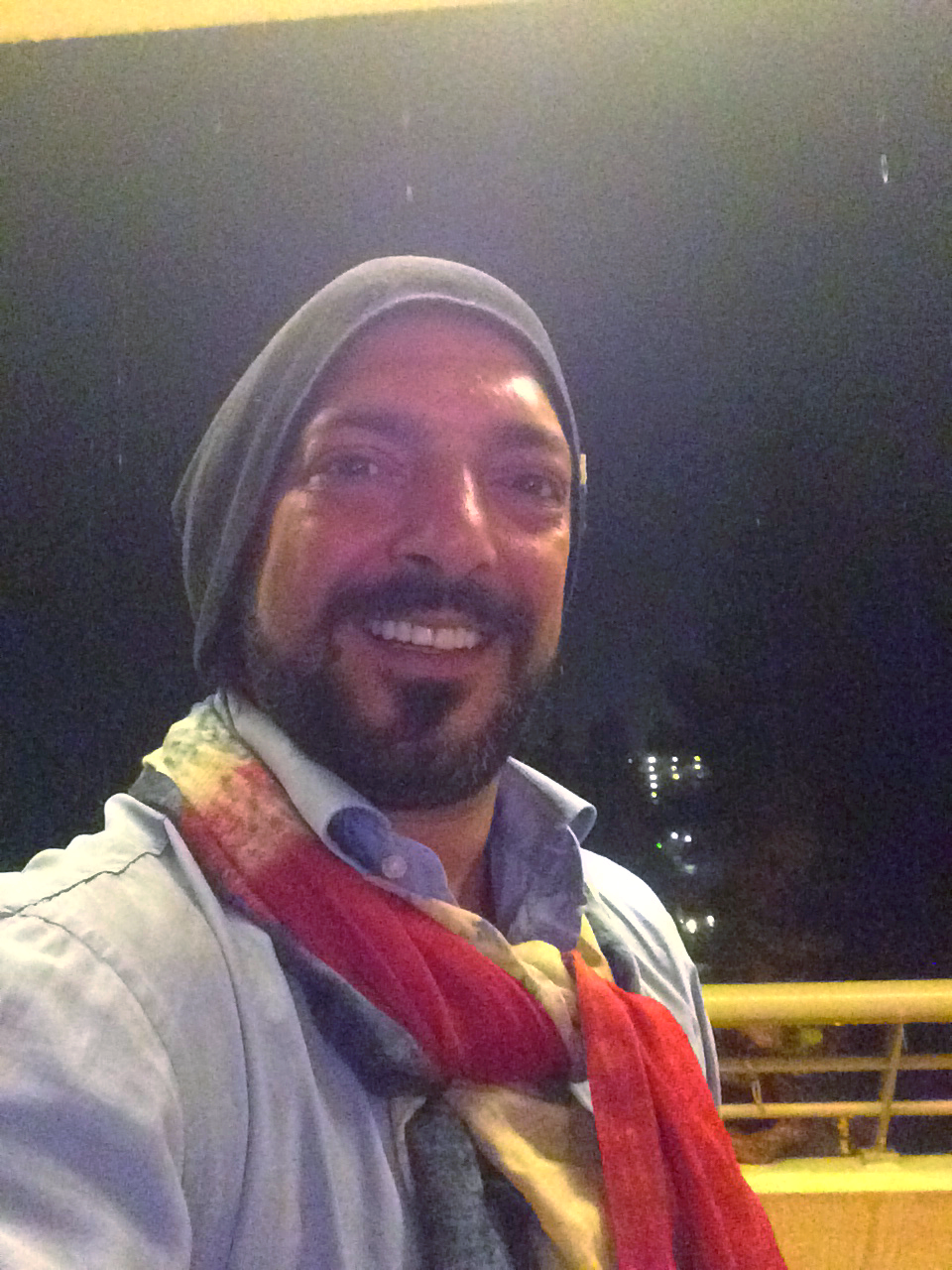Textile Spinning
- Christos Destounis

- Sep 14, 2016
- 1 min read
Spinning is a major part of the textile industry. It is part of the textile manufacturing process where three types of fibre are converted into yarn. The processes to make yarn short-staple yarn (typically spun from fibres from 0.75 to 2.0") are blending, opening, carding, pin-drafting, roving, spinning, and—if desired—plying and dyeing. In long staple spinning, the process may start with stretch-break of tow, a continuous "rope" of synthetic fibre. In open-end and air-jet spinning, the roving operation is eliminated. The spinning frame winds yarn a bobbin.[5] Generally, after this step the yarn is wound to a cone for knitting or weaving.

Ring-spinning is the most common spinning method in the world. Other systems include air-jet and open-end spinning. Open-end spinning is done using break or open-end spinning. This is a technique where the staple fibre is blown by air into a rotor and attaches to the tail of formed yarn that is continually being drawn out of the chamber. Other methods of break spinning use needles and electrostatic forces








Comments